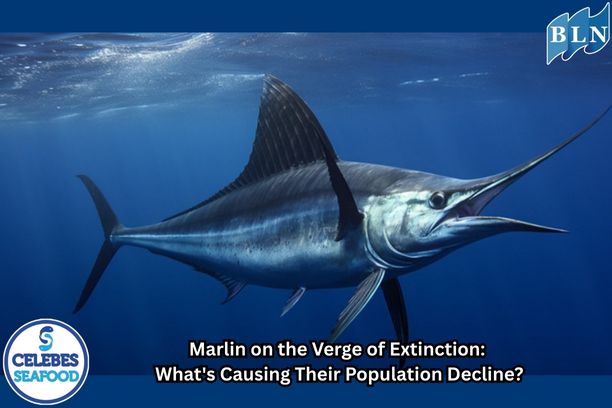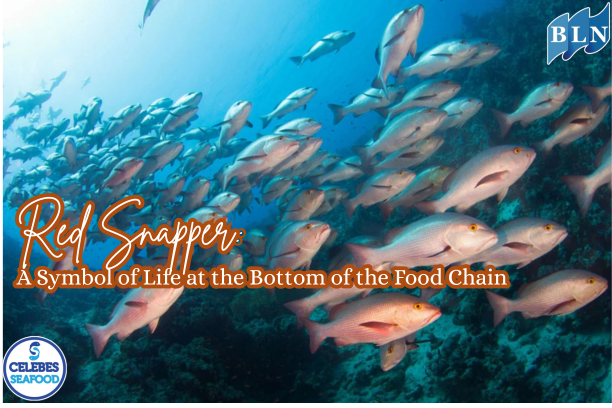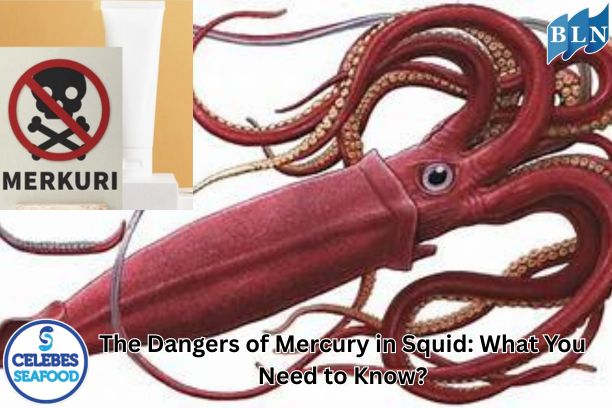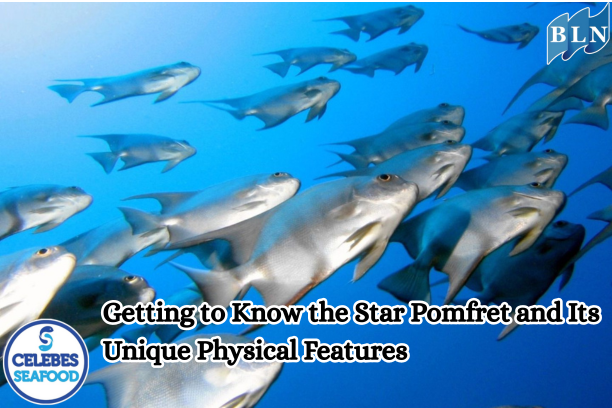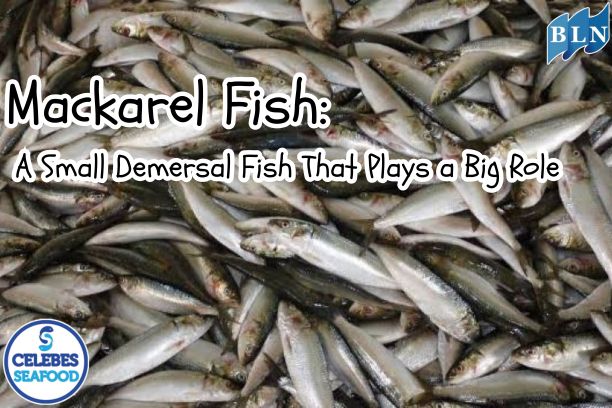Epilimnion: The Life Layer at the Surface of Aquatic Ecosystems
By. Tri - 21 Jun 2025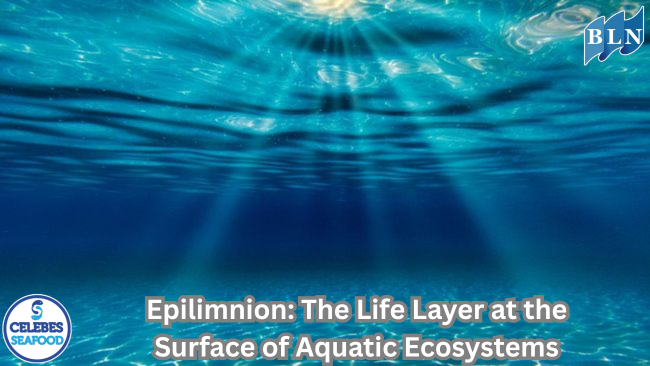
lautnusantara.com_ Bodies of water such as lakes, reservoirs, and oceans are complex systems that consist of various layers defined by temperature, salinity, and water density. One of the most critical layers in these aquatic systems is the epilimnion, the warm, sunlit upper layer of the water column. This layer plays a crucial role in supporting aquatic life and regulating ecological and oceanographic processes.
In tropical regions like Indonesia, the epilimnion is especially important because most biological and ecological activity takes place in this zone. This article will explore what the epilimnion is, how it forms, its characteristics, ecological roles, and its relevance to fish populations such as sardines (Sardinella lemuru) in the Bali Strait.
The epilimnion is the uppermost layer of water in a stratified body of water, formed as a result of thermal stratification—a separation of water layers based on temperature. This layer is warmer due to direct solar heating, has lower density, and typically does not mix with the colder layers below.
Beneath the epilimnion lies the metalimnion (or thermocline), a transition zone where the temperature decreases rapidly, followed by the hypolimnion, the cooler and more stable bottom layer.
The formation of the epilimnion is closely related to solar radiation. When sunlight heats the surface of a body of water:
- The surface water becomes less dense due to the increase in temperature.
- Temperature differences between layers prevent vertical mixing.
- As a result, distinct thermal layers form, with the epilimnion as the uppermost, sun-warmed zone.
This phenomenon is common in both tropical and temperate regions, especially during dry or warm seasons.
Characteristics of the Epilimnion
- Warmer Temperatures
The epilimnion absorbs solar energy, making it warmer than the deeper layers. - High Oxygen Content
This layer receives oxygen through surface exchange with the atmosphere and from photosynthesis by aquatic plants and phytoplankton. - Well-lit Zone (Euphotic Zone)
Sunlight penetrates into the epilimnion, allowing photosynthesis to occur, making it highly productive. - Habitat for Pelagic Species
Small pelagic fish such as sardines, anchovies, and mackerel thrive and feed in this layer. - Daily and Seasonal Fluctuations
Being exposed to the atmosphere, the epilimnion's temperature can change quickly with weather and seasonal conditions.
Epilimnion and Marine Life
The epilimnion is the biological engine of aquatic ecosystems. It is where primary production begins—phytoplankton absorb sunlight and carbon dioxide to produce organic matter through photosynthesis. These organisms form the base of the aquatic food web, feeding zooplankton, which are in turn consumed by small fish and larger predators.
Nutrient availability in the epilimnion is also crucial. Nutrients may originate from surface runoff or from upwelling—a process that brings cold, nutrient-rich water from the deep ocean to the surface. This process boosts productivity in the epilimnion.
Case Study: Lemuru and the Epilimnion in the Bali Strait
A practical example of the epilimnion's importance can be found in the Bali Strait, Indonesia. This region is a significant fishing ground for lemuru (Sardinella lemuru), a small pelagic fish vital to the local economy.
Lemuru live and feed in the upper water column, relying heavily on the epilimnion's abundant plankton. The epilimnion in this area is maintained throughout much of the year due to ocean currents, water temperature, and seasonal upwelling that replenishes surface nutrients. These conditions provide an ideal habitat for lemuru to thrive and reproduce, making the Bali Strait a productive fishing area.
For local communities in Banyuwangi and surrounding areas, sardine fishing is a primary source of livelihood. Understanding the dynamics of the epilimnion is essential for sustainable fishery management.
Climate Change and the Epilimnion
Global climate change has the potential to disrupt the stability of the epilimnion. Rising sea surface temperatures can intensify thermal stratification, reduce vertical mixing, and limit nutrient circulation. This could decrease primary productivity and negatively affect the entire food chain, including commercially important fish species.
The epilimnion is not just the upper layer of a water body—it is the zone where most life and biological activity occur. With its warm temperatures, high oxygen levels, and light availability, the epilimnion supports photosynthesis, plankton growth, and fish populations.
In regions like the Bali Strait, the epilimnion is vital for sustaining fisheries, particularly for species like lemuru. Understanding this layer is crucial not only for scientists and environmentalists but also for fishers and policy-makers who rely on healthy, productive aquatic ecosystems.
If you are interested in our Coral Trout Fillet Skin On, CORAL TROUT WGG WHOLE GILLED GUTTED, TOMATO COD WHOLE GILLED GUTTED please do not hesitate to contact us through email and/or whatsapp.


